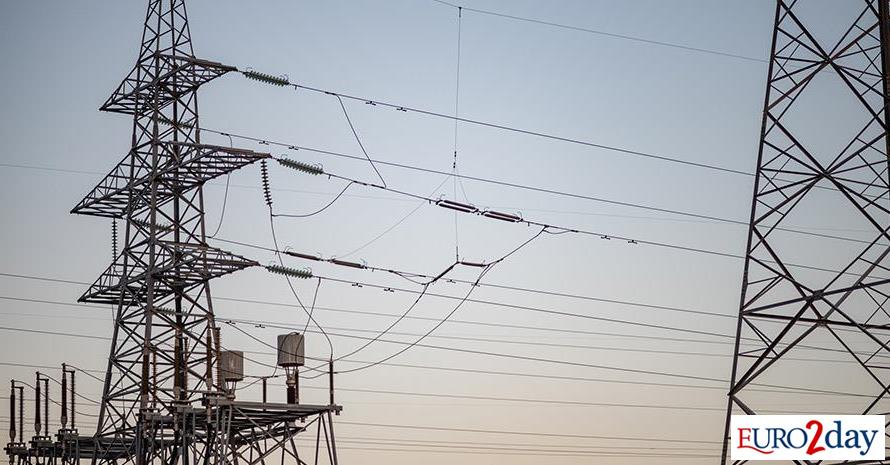
In recent years, it has steadily captured the attention of all major players in the Greek energy sector, is developing dynamically and although one cannot call it a “Eldorado”Having long since passed this stage, it is the first choice in the Balkans for anyone looking for a serious green wallet.
In the list of those who have a presence in Romania, you find: BBC, Metlin, Engine Oil, Hellenic Energy, AVAXWhile groups from other sectors are looking for energy opportunities, such as intranetThere is also interest from small, non-vertically integrated companies.
At first reading, everyone’s constant view of the Romanian market is linked to the fact that the Greek market is saturated, the pie is fixed, it is no longer growing, and our neighborhood is a natural extension of Greek business. This applies to the entire Balkan region, whether we are talking about banking, construction or energy. It does not answer the question why “in Romania”. These are the main reasons why the neighborhood market attracts the interest of large players, with portfolios of 100 MW and above, and those who can afford the costs of network expansion, which cannot be underestimated.
population
Romania is the largest and most populous country in the Balkans. With approx. 20 million peopleA dynamic economy, strong industry, stable growth (forecast of 3.3% for this year, 3.1% for 2025, according to the EU), growing domestic demand and electricity consumption, about 10% higher than Greece. It has all the characteristics that a vertically integrated group looks for, if it also has a presence in procurement.
High IRR and wind
In Romania, one still finds projects with returns of 10%, such as the 774 MW portfolio that PTE recently acquired from Macquariewith the Fantanele-Cogealac wind farm operating at its peak, with a capacity of 600 MW. To the east, towards the Black Sea, there are areas with wind potential among the best in all of Europe. The very rich wind potential also operates Game Changer As for cross-border transactions, as the mini-crisis of July showed, with prices “hot” in the Hungary-Romania-Bulgaria axis.
Photovoltaics: An Unsaturated Market
Signs of significant growth margins are emerging from the Romanian photovoltaic market. With a target of 8 GW in 2030, there is still room as at the end of 2023, it will reach 2.85 GW, however, a large part of which relates to private rooftop photovoltaics.
According to Solar energy in Europe Within the next four years, it will be among the world’s 20 fastest growing PV markets. Conversely, Greek market It is expected to become more saturated in the coming years. Sometime between 2025 and 2026, it will have already achieved the national target of producing 13 gigawatts of solar energy by 2030.
Pairing with many countries
It is bordered to the west by Hungary, which is connected to Central European countries such as Austria and Germany, to the southwest by Serbia, to the south by Bulgaria, which is also connected to Greece, and to the east by Ukraine. Anyone who wants to do cross-border trade in and beyond the “Balkan corridor” is greatly facilitated, increasing Trading OpportunitiesAs the country is considered an energy hub in three different directions.
Eastern European groups – as well as Greek groups – also look to Romania as a supply base. UkrainianAfter the destruction of its infrastructure, the latter turned from an electricity exporter to a net importer.
Romanian networks and capabilities
Romania’s electricity networks are being developed with continuous investments, both by Transelectrica (the Romanian ADMIE) and by a total of eight distribution companies in the country, three of which are now in the hands of PTE (after the acquisition of Enel there).
Only in transport networks are investments planned until 2030 to modernize and expand their levels. 1.5 billion eurosA new multi-billion dollar high-voltage cable is currently under construction to transmit power across the country to neighbouring Hungary, which could support the country’s 2030 renewable energy targets to make it a regional energy supplier.
The capacity, i.e. green energy, that Romanian networks will be able to raise in the near future, both to meet local needs and for export, is constantly increasing.
Technological and geographical spread
The geographical and technological dispersion assets that any large and serious renewable energy portfolio needs are greater in Romania than in any other Balkan country. Bulgaria, for economic and geographical reasons, is far from achieving this goal. When it is cloudy in Greece and PV production is low, it can be windy in Romania, etc. Stable green production in all “zones” around the clock increases predictability In terms of trading.
The above does not mean that everything is rosy in the Romanian market. Although the country has large areas of land, the area is very similar Fragmented A large part of Romania may have a land registry, but in many areas it is not yet complete. In licensing, the picture is also mixed. According to developers with a presence in the country, the average licensing time to obtain a permit to install a photovoltaic plant is 18-24 monthsHowever, it may take several years before the final connection to the grid. There is a fundamental difference from what is practiced in Greece. When there is a need to expand the grid, the renewable energy investor who wants to make a “reservation” in electricity is also burdened, through fees, with the costs attributed to him. In Greece, these costs are fully borne by ADMIE.
in LicensingThe picture is somewhat mixed. According to developers in the country, the average licensing time for obtaining a PV installation permit is 18-24 months, but it can take years for the final connection to the grid. Above all, there is a fundamental difference from what applies in Greece. When there is a need to expand the grid, a renewables investor who wants to “Booking» In the electrical field, it is also charged, through a charge, the costs attributed to it. In Greece, ADMIE bears these costs in full.
In rough outline, this is a picture of the nearby market, as seen from the Greek side. Purchasing powerwith over 1.2 GW of projects in operation and a 5 GW pipeline.
In her condition MetlinWith a different business model (asset rotation plan), which focuses on developing projects and selling them later, this year it agreed with PTE to build and sell 516 MW of projects in Romania.
As for Engine oilin partnership with Alive Renewable (51%), a subsidiary of Premier Energy, is developing two 86 MW photovoltaic modules with batteries, while Hellenic Energy An agreement has been reached with Metlen to build and acquire four photovoltaic units in southern Romania, with a capacity of 211 MW. The interest is not limited to RES, as the group Avax It is implementing a very large energy project on the European level, which is a combined cycle plant with a total capacity of 1.75 GW.
As a result of the above, but also due to PHE’s acquisition of Enel, Greece has risen to the top of the list of foreign investors in Romania. It ranked fifth last year versus eighth in 2022 in total investments. 2.44 billion euros From 1.5 billion the previous year.

“Avid problem solver. Extreme social media junkie. Beer buff. Coffee guru. Internet geek. Travel ninja.”





More Stories
“Recycling – Changing the water heater”: the possibility of paying the financing to the institution once or partially
Libya: US General Meets Haftar Amid Tensions Between Governments
New tax exemption package and incentives for business and corporate mergers..